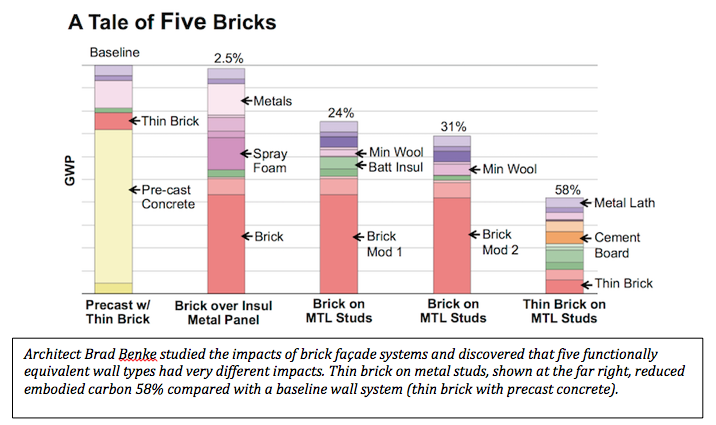With the recent publication of several national and international reports on the alarming rate of climate change, the issue of atmospheric carbon, and what we can do about it, is on all our minds.
According to data from the U.N. Environment Programme, the building sector is the single largest contributor to global warming, with building operations and the embodied carbon of building materials representing roughly 28% and 11% of annual global emissions respectively. Turning a ship that large is an enormous and complicated task to say the least.
Are green certifications the best use of money, energy and time? How about policy advocacy? What tools are available to help optimize a design with carbon in mind?
The Carbon Smart Building conference that recently convened in San Francisco focused on these questions and more. Using the framework of reducing the carbon emissions footprint (aka embodied carbon) of everything we build, sessions addressed Net Zero Carbon building, deep energy and carbon reduction retrofits, and Whole Building Life Cycle Assessment tools.
In the wake of the conference and amid concerns about embodied carbon, BuildingGreen, Inc. has produced several resources worth checking out:
· A summary table “Who’s Addressing Embodied Carbon” (about halfway through article).
· A handy “mind map of embodied carbon” that attempts to capture the breadth of activities related to the topic.
· An excellent guide on reducing embodied carbon for practitioners, with a focus on structural materials, assessment tools, and optimization strategies.
One takeaway from the guide is that “structural systems are the most significant source of embodied carbon, but enclosures are also significant… [and] are under the architect’s control.” Building with wood usually has a lower impact than metal or concrete, for example, but it depends on the how the wood is forested. Also, metal and concrete can be manufactured in lower-impact ways, but you need to specify it.
Running through a life-cycle assessment sometimes gives surprising results, as in this study conducted by LMN architects comparing 5 different ways to create a brick façade with varying impacts of Global Warming Potential (GWP).
Also worthy of mention are several tools offered on the Architecture 2030 website including the Zero Tool, 2030 Palette education series and the Carbon Smart Materials Palette.
Notably, in California the state government has given the zero carbon movement a major boost with the passage last year of AB 262, the “Buy Clean California Act”. The new law requires state agencies to consider the embedded carbon emissions of materials used in state-funded projects. Specifically, beginning in 2019, Buy Clean will require contractors who bid on state infrastructure projects to disclose the greenhouse gas emissions data for certain materials they use, such as steel and glass.
Locally, the San Luis Obispo City Council set a target in September of carbon neutrality by 2035 for the entire city. Simultaneously, the Council voted to join a Community Choice Energy (CCE) program, which will provide an opportunity for more locally controlled and generated renewable energy and offer resources for energy programs and local contractors.
Interested in looking at life-cycle analysis for your next project? Let us know!


